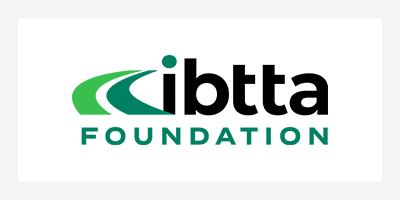- Home
- IBTTA Insights
- IBTTA Testifies before Connecticut Transportation Committee
Stories
IBTTA Testifies before Connecticut Transportation Committee


As state governments begin seeking out their own solutions to the highway infrastructure funding crisis, IBTTA is receiving more requests for facts, information and testimony in support of local and regional tolling solutions.
That’s what happened February 25 when Executive Director and CEO Patrick Jones was asked to speak to Connecticut’s House and Senate Transportation Committee. Legislators are considering H.B. 6818, a measure to introduce tolling.
A New View of Toll Roads
Jones in his testimony acknowledged that the history of tolling is changing rapidly. Today’s all-electronic tolling systems are nothing like your grandparents’ toll roads.
“We can very definitely assure you that the practice and technology of toll collection has advanced significantly in the last 30 years and no longer requires physical toll plazas, barriers or toll collectors, eliminating traffic queues and their related safety and delay issues,” Jones told the legislators.
“New tolling entities have the opportunity to design their systems to incorporate non-stop, all-electronic toll collection from the outset, saving considerably on construction costs and avoiding the need to impede traffic flow,” he added. “H.B. No. 6818 recognizes these new practices and opportunities and the issues that need to be resolved to acquire Federal approval for reinstating tolling in Connecticut.”
Changing the Map on Highway Congestion
The General Assembly hearing drew an interesting reaction from New York-based transportation planner and advocate Joseph Cutrufo of the Tri-State Transportation Campaign. Border toll supporters point out that out-of-state drivers would generate up to 75% of the toll revenue, while opponents see a disproportionate burden for residents of border towns like Danbury and Enfield.
“Both arguments are perfectly sound,” Cutrufo writes. “The problem is, it’s the wrong argument to be having.”
Even generating revenue to supplement the state’s failing gas tax “misses the point of tolling,” he continues. “The goal of bringing back highway tolls must be congestion management,” a perspective that “completely changes the map” on tolling decisions.
Instead of trying to minimize the tolls’ impact on interstate travel, Cutrufo says they should be placed where congestion is heaviest, and where alternative modes of travel are available. Interstate 84 southwest of Hartford and I-95 between New Haven and Greenwich both have heavy highway traffic and access to either bus rapid transit or rail. “Implementing variable-rate tolls in these congested corridors makes a lot more sense than putting them on I-395 between rural Thompson, Conn. and Webster, Mass.”
In his testimony, Jones didn’t favor one tolling scenario over another. He stressed the “great merit in fairly considering all transportation funding options when so few exist,” pointing to the diversity and versatility of a mechanism that can involve traditional toll projects, concession based projects, priced managed lanes or conversions of HOV lanes to HOT lanes.
While road pricing isn’t right for every road, he said, tolling “offers an option, subject to local opinions and authority, which doesn’t reply on other funding sources to build, operate or maintain vital transportation infrastructure.”
That’s the flexible approach that will gradually deliver a solution to the highway funding crisis, for states like Connecticut and across the country.
Get the latest on legislative activities at IBTTA’s Washington Briefing, March 29-31. Register here.

Joining IBTTA connects you to a global community of transportation professionals, offering unmatched opportunities for networking, knowledge-sharing, and collaborative innovation in the tolling and transportation sector.
Follow IBTTA on social media for real-time updates on transportation trends and collaborative opportunities.





